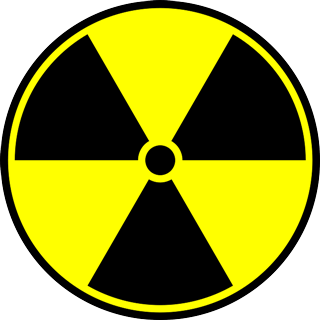|
10 minutes maximum! Can you do it in 5? |
||||||||||
1. Which of these is the best description of the 'activity' of a radioactive rock?
| ||||||||||
2. The measured activity from a radioactive rock is A. The background count is B. How do you calculate the radiation R from the rock itself?
| ||||||||||
Q3-6: The graphs below show 4 ways the count rate from a radioactive isotope could change:
|
||||||||||
3. Which of the above graphs shows the correct shape for radioactive decay? | ||||||||||
4. Using the correct graph, what is the half-life of the sample?
| ||||||||||
5. What is the activity of the sample after 2 half-lives?
|
||||||||||
6. Use the correct graph to estimate the count rate after 30 years.
| ||||||||||
| Q7-10: An isotope decays by emitting beta particles. It has a half-life of 8 hours. |  |
|||||||||
7. How much of the sample will remain after 24 hours?
| ||||||||||
8. If the mass of the isotope is 12 g of pure radioactive isotope, how many grams remains after 16 hours?
|
||||||||||
9. What has happened to the rest of the mass of the isotope?
| ||||||||||
10. Here are three suggestions for safe use for the isotope: Which of these are realistic and sensible suggestions? |
I. Do not handle directly - use tongs. II. Store in a thick lead or steel box. III. Do not look directly at the isotope whilst handling it. |
|||||||||
| ||||||||||